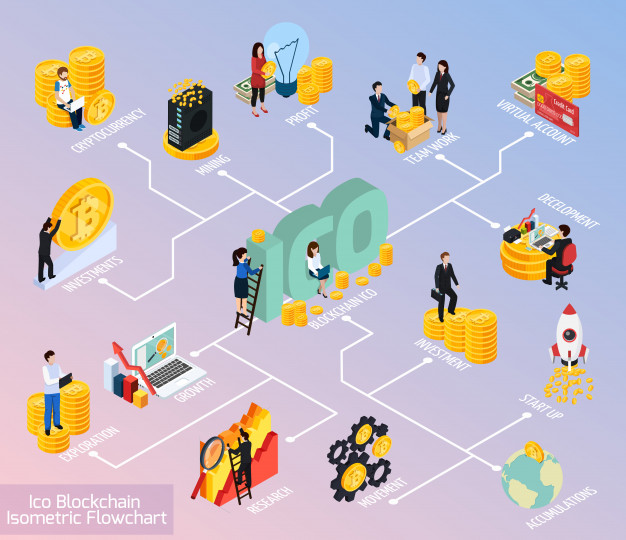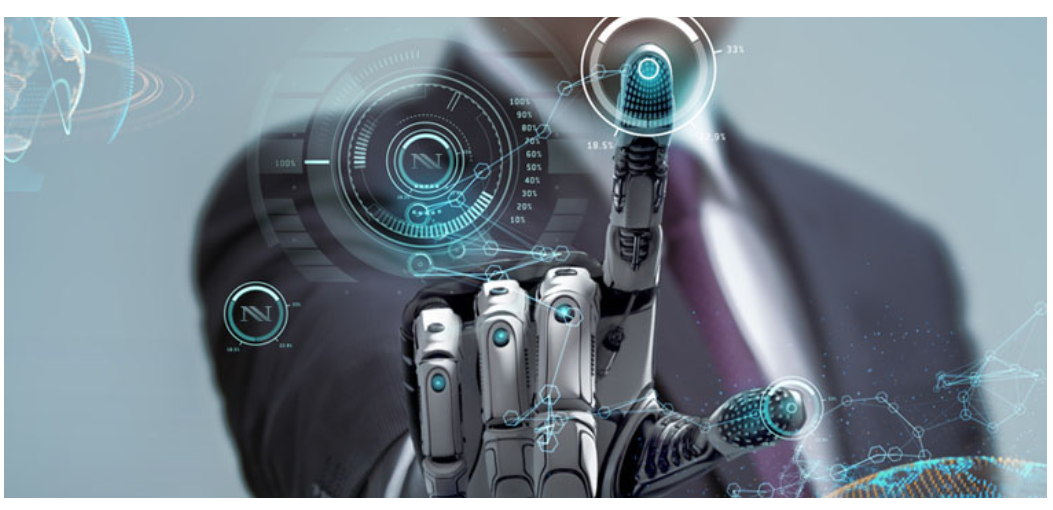Top AI trends in 2019
3AI December 28, 2018

The year 2018 will be remembered as the year that artificial intelligence stopped being on the periphery of business and entered the mainstream realm. With increasing awareness and capability of AI among the numerous stakeholders, including tech buyers, vendors, investors, governments, and academia, I expect AI will go beyond just tinkering and experiments and will become the mainstay in the business arena.
With an increasing percentage of these stakeholders professing their commitment to leveraging this technology within their organisations, AI has arrived on the world scene. We are sure to see transformative business value being derived through AI in the coming years. As we come to the close of 2018, let us gaze into the crystal ball to see what 2019 will hold for this game-changing technology:
The rise of topical business applications
Currently, we have a lot of general purposes AI frameworks such as Machine Learning and Deep Learning that are being used by corporations for a plethora of use cases. We will see a further evolution of such technology into niche, topical business applications as the demand for pre-packaged software with lower time-to-value increases. We will see a migration from the traditional AI services paradigm to very specific out-of-the-box applications geared to serve particular use cases. Topical AI applications in this space that serve such use cases will be monumentally useful for furthering the growth of AI, rather than bespoke services that require longer development cycles and may cause bottlenecks that enterprises cannot afford.
The merger of AI, Blockchain, cloud, and IoT
Could a future software stack comprise AI, Blockchain, and IoT running on the cloud? It is not too hard to imagine how these exponential technologies can come together to create great value. IoT devices will largely be the interface with which consumers and other societal stakeholders will interact. Voice-enabled and always connected devices – such as Google Home and Amazon’s Alexa – will augment the customer experience and eventually become the primary point of contact with businesses. AI frameworks such as Speech Recognition and Natural Language Processing will be the translation layer between the sensor on one end and the deciphering technology on the other end. Blockchain-like decentralised databases will act as the immutable core for managing contracts, consumer requests, and transactions between various parties in the supply chain. The cloud will be the mainstay for running these applications, requiring huge computational resources and very high availability.
Focus on business value rather than cost efficiency
2019 will finally be the year that majority of the executive and boardroom conversations around AI will move from reducing headcount and cost efficiency to concrete business value. In 2019, more and more businesses will realise that focusing on AI solutions that reduce cost is a criminal waste of wonderful technology. Ai can be used to identify revenues lost, plug leakages in customer experience, and entirely reinvent business models. I am certain that businesses that focus only on the cost aspect will stand to lose ground to competitors that have a more cogent strategy to take the full advantage of the range of benefits that AI offers.
Development of AI-optimised hardware and software
Ubiquitous and all-pervasive availability of AI will require paradigm shifts in the design of the hardware and software that runs it. In 2019, we will see an explosion of hardware and software designed and optimised to run artificial intelligence. With the increasing size and scale of data fueling AI applications and even more complex algorithms, we will see a huge demand for specialised chipsets that can effectively run AI applications with minimal latency. Investors are showing heavy interest in companies developing GPUs, NPUs, and the like – as demonstrated by Chinese startup Cambricon, which stands valued at a whopping $2.5 billion since its last round of funding this year. End-user hardware such as smart assistants and wearables will also see a massive increase in demand. Traditional software paradigms will also continue to be challenged. Today’s novel frameworks such as TensorFlow will become de rigueur. Architectural components such as edge computing will ensure that higher processing power is more locally available to AI-powered applications.
‘Citizen AI’ to be the new normal
One of the reasons we saw widespread adoption of analytics and data-driven decision-making is because we built applications that democratised the power of data. No longer was data stuck in a remote silo, accessible only to the most sophisticated techies. With tools and technology frameworks we brought data into the mainstream and made it the cornerstone of how enterprises plan and execute strategy. According to Gartner, the number of citizen data scientists will grow five times faster than the number of expert data scientists. In 2019, I expect Citizen AI to gain traction as the new normal. Highly advanced AI-powered development environments that automate functional and non-functional aspects of applications will bring forward to a new class of “citizen application developers”, allowing executives to use AI-driven tools to automatically generate new solutions.
Policies to foster and govern AI
Following China’s blockbuster announcement of a National AI Policy in 2017, other countries have rushed to share their take on policy level interventions around AI. I expect to see more countries come forward with their versions of a policy framework for AI – from overarching vision to allaying concerns around ethical breaches. At the same time, countries will also be asked to temper their enthusiasm of widespread data proliferation by releasing their own versions of GDPR-like regulations. For enabling an ecosystem where data can be used to enrich AI algorithms, the public will need to be convinced that this is for the overall good, and they have nothing to fear from potential data misuse and theft.
Speech Recognition will revolutionise NLP
In the last few years, frameworks for Natural Language Understanding (NLU) and Natural Language Generation (NLG) have made huge strides. NLP algorithms are now able to decipher emotions, sarcasm, and figures of speech. Going forward, voice assistants will use data from voice and combine that with deep learning to associate the words spoken with emotions, enriching the overall library that processes speech and text. This will be a revolutionary step forward for fields such as customer service and customer experience where many bots have typically struggled with the customer’s tone of voice and intonation.
The growth of explainable AI
And finally, with numerous decisions powered by AI – and specifically unsupervised learning models – we will see enterprises demand “explainable” AI. In simplified terms, explainable AI helps executives “look under the hood” to understand the “what” and “why” of the decisions and recommendations made by artificial intelligence. Development of explainable AI will be predicated on the need for increased transparency and trust. Explainable AI will be essential to ensure that there is some level of transparency (and potentially, learning) that is gleaned from unsupervised systems.
Convergence of AI and analytics
This is a trend that is a logical consequence of the decisive power of data in business today. In 2019, we will see a merger of analytics and AI – as the one-stop for uncovering and understanding insights from data. With advancements in AI seen so far, the algorithms are more than capable of taking up tasks that involve complex insight generation from multi-source, voluminous data. This convergence of AI and analytics will lead to automation that will improve the speed and accuracy of the decisions that power business planning and strategy. AI-powered forecasting will help deliver faster decisions, with minimal human interventions and create higher cost savings for the business.
Focus on physical and cybersecurity paradigms
Two of the domains ripe for an AI transformation are the fields of physical and cybersecurity. As intrusions into physical and virtual environments become commonplace and threats become hugely pervasive, AI will be a massive boost to how we secure these environments. Advances in fields such as ML-powered anomaly detection will drastically reduce the time required to surface potential intrusions into secure environments. This will enable organisations to better protect user data. When combined with Blockchain, AI will give cybersecurity a huge boost through decentralised, traceable databases containing valuable client and strategic information. On the physical security side, Computer Vision is rapidly gaining currency in the fields of physical intruder detection. Surveillance cameras, originally manned by security guards, will soon be replaced by AI-powered systems that will be able to react faster and more proactively to intruders that pose a threat to physical premises. When you combine that with face recognition, working with a database of known offenders, we will see a quantum drop in the time required to adjudicate and address cases of theft and unauthorised entry by law enforcement agencies.
In summary, the broad directions that I predict AI will take include interventions to make it more embedded, responsible, and explainable; convergence with other exponential technologies such as cloud, Blockchain, and IoT; cybersecurity; a greater proliferation and development of use cases; and great strides in the technology and its supporting infrastructure. Enterprises would do well to adopt this revolutionary technology and ensure a strong availability of talent to conceptualise, develop, and unleash value from AI applications.






